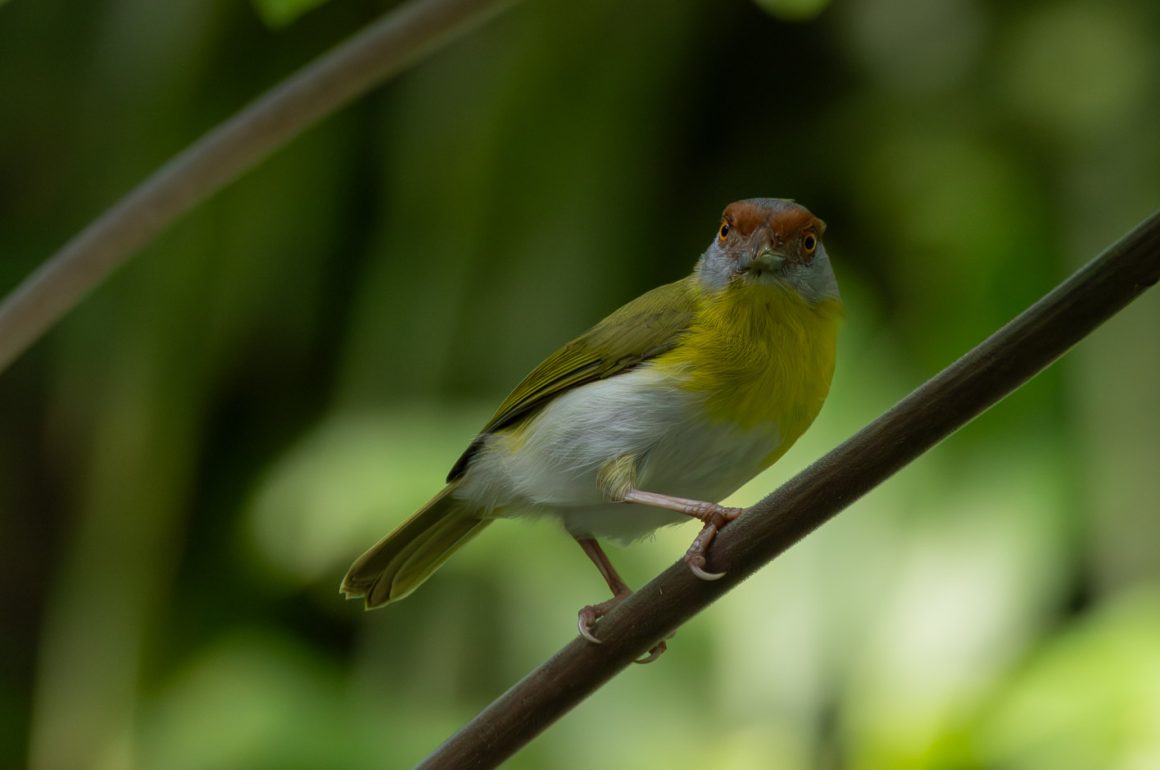
Responsible and Respectful Birding/Bird Photography in 2025: I was not planning to write a post on this topic, but a few days ago I found myself thumbing through a Social Media post on Birding and I thought some of what was being said was not in keeping with my own thoughts of what Ethical birding should be.
The thread got me thinking, not just about the specific debate but about the larger picture of how we approach birding today. I will admit that I too have made some mistakes in the past whether out of ignorance or a moment of carelessness, but as we enter 2025, I feel it is the perfect time to revisit some important reminders for myself and for anyone who love birds.
So, let’s dive into how we can bird responsibly and respectfully in 2025 and beyond!
Most birders/bird photographers, truly care about the welfare of the birds they observe, and their actions reflect that. Here are a few examples that I follow:
– Watching, Not Interfering: Observe birds from a respectful distance, letting the birds behave naturally without disruption. A decent pair of binoculars or telephoto lens works wonders.
–Respecting Nature’s Boundaries: Stick to trails, avoid sensitive habitats, and never trespass on private property to reach a “hotspot.”
– Being Conservation-Minded: Support habitat preservation in various ways such as donations, volunteering, or participating in citizen science programs like eBird or Christmas Bird Counts etc.
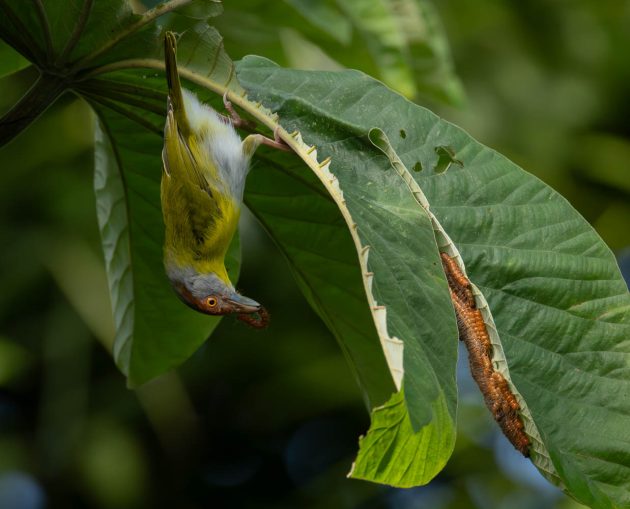
When Passion Crosses the Line.
Unfortunately, the excitement of birding can sometimes tempt the best of us to cross ethical boundaries. It’s not always intentional, but even small lapses can have big consequences for birds and their habitats.
Here’s where things start to go wrong:
–Getting Too Close: Ever seen someone try to walk right up to a bird for that “perfect shot”? Approaching too closely can cause stress or force birds to flee especially if nesting. By observing and learning bird behavior there are some techniques that a birder could use to get a little closer (but still not too close) without spooking or flushing the birds.
–Playback Use/Overuse: This has probably been discussed more times than pineapple on pizza, some like it others don’t. For me this one is big, so, I have decided to give it its own little section in this post a bit further on. Keep Reading.
–Feeding Birds unnatural Foods: Leaving food out to attract birds, while this is common at birding lodges, backyards etc., using the wrong food can harm their health and change natural behaviors, something like putting out nectar made with brown or powdered sugar for hummingbird can be deadly. Molasses in brown sugar is high in iron. Iron is incredibly toxic for these 3-inch birds and can kill them even in trace amounts. So there is a need to understand the birds that are in your area and use the correct type of foods if you must.
Birding is not just a hobby; it is a way to connect with something bigger than ourselves.
As we move forward, responsible and respectful birding will be super important for birds and bird conservation. By following these and other meaningful guidelines, we can enjoy birding while making sure we are protecting birds and their habitats. Let us make 2025 and beyond a time of responsible and respectful birding, where our love for birds translates into actions that benefit them and the environment.
I promised you a section on Playback sounds so let’s take a look at it now.
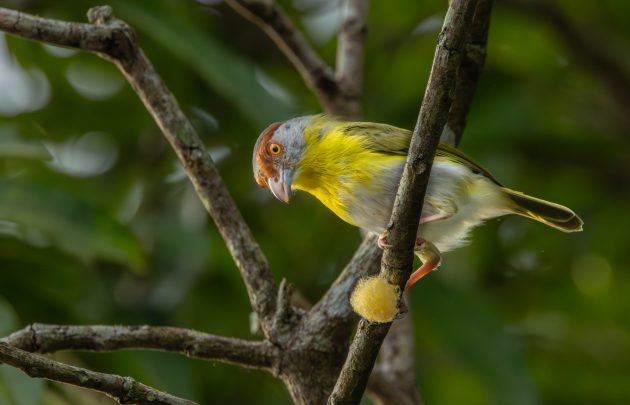
We all appreciate the beauty of birdsongs, but do we know why birds “sing”. A bird’s song or call is its language. It’s not just background music to our outdoor adventures; it’s a vital part of a bird’s life. Birds sing for three main reasons:
- To Claim Territory: A male bird’s song is often a warning to others: “This is my turf, stay away!” When you play a recording, the bird might think it has a challenger nearby. It could waste precious energy searching for the intruder, defending its territory, or trying to out-sing the recording.
- To Attract a Mate: Many birds sing to woo potential partners. When you play a call, it can confuse them, making them think there’s competition or a potential mate nearby. This distraction can pull them away from courtship or nesting duties.
- To Signal Alarm: Birds use certain calls to warn others about predators or threats. Playing these sounds might not only scare the bird you’re targeting but could also set off a chain reaction, disturbing an entire flock or ecosystem.
When we mimic these calls through playback, we are essentially interfering with the bird’s most basic instincts and while it might feel like a clever trick to lure a bird closer for our all-important list or photo, it can cause unintended harm. Playback does have its use in research and other scientific studies but for now I believe that birders and bird photographers can get along just fine without them in the field. Bird sound apps can be used before you go out to the field to help you learn bird sounds so that you can identify the birds you hear.
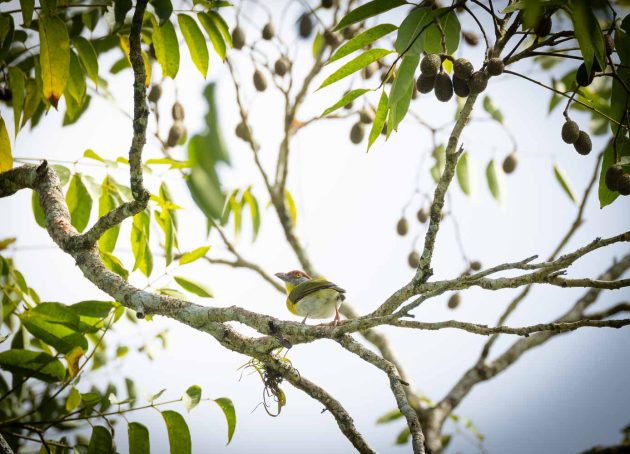
If you have reached this far in the post, then I can assume (although I have always been taught never to assume) that ethical birding practices are important to you. I would love to hear your views in the comments, feel free to agree or disagree with me and do add anything that I may have missed. If this post gets at least one person thinking about their birding/bird photography practices, then it would have been successful.
Best wishes for 2025 and beyond!






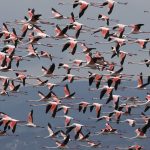


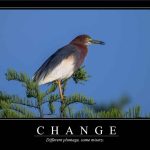
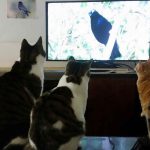
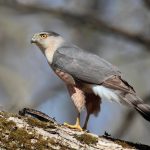
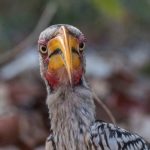
I agree with everything you have said here. I would add that people should not bait owls, to get those action shots. Wild creatures should not associate people with food. Also, don’t prune branches around an owl to get that perfect shot. You are exposing them to predators. In the Toronto area, we don’t post owl sightings right away. This protects them from overzealous birders/photographers.